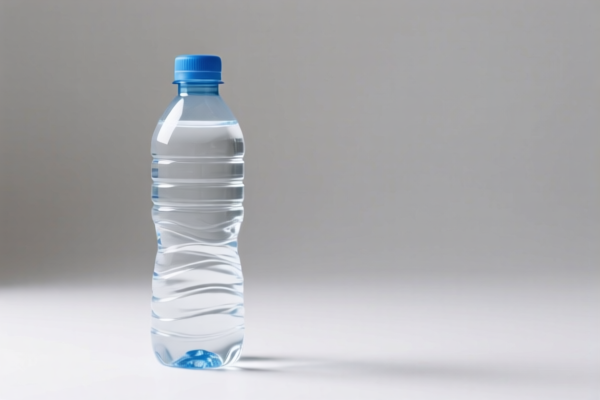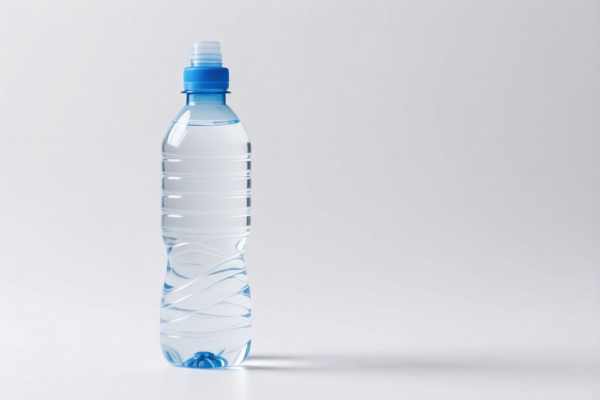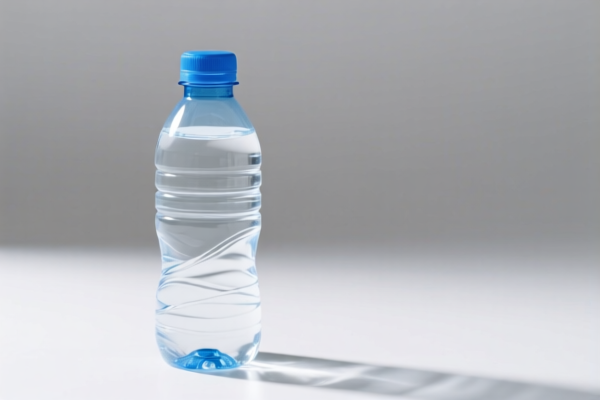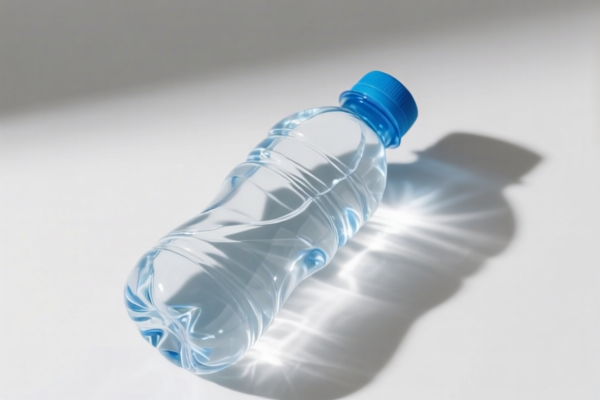| HS Code | Official Doc | Tariff Rate | Origin | Destination | Effective Date |
|---|---|---|---|---|---|
| 3923300010 | Doc | 58.0% | CN | US | 2025-05-12 |
| 3923300090 | Doc | 58.0% | CN | US | 2025-05-12 |
| 3918905000 | Doc | 59.2% | CN | US | 2025-05-12 |
| 3918903000 | Doc | 60.3% | CN | US | 2025-05-12 |
| 8422309170 | Doc | 55.0% | CN | US | 2025-05-12 |
| 8422309186 | Doc | 55.0% | CN | US | 2025-05-12 |
| 7326903500 | Doc | 87.8% | CN | US | 2025-05-12 |
| 7310210050 | Doc | 80.0% | CN | US | 2025-05-12 |
| 7310290065 | Doc | 80.0% | CN | US | 2025-05-12 |




Filling Bottle
A filling bottle refers to a container designed to be repeatedly filled with a substance, typically a liquid, for portable consumption or use. These bottles are distinct from single-use containers and emphasize reusability.
Material
Filling bottles are manufactured from a variety of materials, each with its own properties:
- Plastic: Commonly used plastics include:
- Polyethylene Terephthalate (PET): Lightweight, clear, and often used for water bottles. Susceptible to leaching with repeated use and higher temperatures.
- Polypropylene (PP): More durable and heat-resistant than PET, suitable for warmer liquids.
- Tritan: BPA-free plastic, known for its clarity, durability, and resistance to odors and stains.
- High-Density Polyethylene (HDPE): Sturdy and often used for bottles containing chemicals or cleaning solutions.
- Glass: Offers purity of taste and is easily cleaned. More fragile than plastic alternatives. Often protected by silicone sleeves.
- Stainless Steel: Durable, does not leach chemicals, and maintains temperature well. Can be heavier and more expensive. Often double-walled and vacuum-insulated.
- Aluminum: Lightweight and recyclable. Typically lined to prevent leaching of aluminum into the contents.
Purpose
The primary purpose of a filling bottle is to provide a convenient and reusable container for:
- Water: Hydration on the go.
- Beverages: Carrying coffee, tea, juice, or other drinks.
- Liquids: Transporting cleaning solutions, oils, or other non-carbonated liquids.
- Supplements: Protein shakes, vitamins, or other powdered mixes.
Function
Filling bottles function by:
- Containment: Securely holding the liquid without leakage.
- Portability: Allowing for easy transportation of liquids.
- Dispensing: Providing a controlled method for consuming or using the contained liquid (e.g., through a spout, straw, or wide mouth).
- Preservation: Some bottles are designed to maintain the temperature of the contents (insulated bottles) or prevent contamination (airtight seals).
Usage Scenarios
- Everyday Carry: For use at work, school, or during travel.
- Fitness: Hydration during workouts or sports activities.
- Outdoor Activities: Hiking, camping, or cycling.
- Travel: Reducing reliance on single-use plastic bottles.
- Home/Office: Storing and dispensing liquids.
Common Types
- Sports Bottles: Typically made of plastic, with a squeeze bottle design and a spout for easy drinking during exercise.
- Insulated Bottles: Double-walled stainless steel bottles that maintain temperature for extended periods. Available in various sizes and finishes.
- Glass Bottles: Often feature protective silicone sleeves and wide mouths for easy cleaning.
- Collapsible Bottles: Made of flexible plastic or silicone, allowing for compact storage when empty.
- Straw Bottles: Feature a built-in straw for convenient sipping.
- Wide-Mouth Bottles: Easy to fill and clean, suitable for mixing powders or adding ice.
- Filter Bottles: Incorporate a filter to purify water while drinking.
The declared goods relate to machinery used for filling bottles, potentially including sealing and labeling functions. Here's a breakdown of relevant HS codes based on the provided information:
-
8422309170: This HS code covers machinery for filling, closing, sealing or labeling bottles, cans, boxes, bags or other containers; machinery for capsuling bottles, jars, tubes and similar containers; machinery for aerating beverages, specifically categorized as 'Other Other: Machinery for filling, closing, sealing, capsuling or labeling bottles, cans or similar containers: Other'. This suggests it applies to a broad range of bottle filling equipment.
- 84: Chapter 84 pertains to Nuclear reactors, boilers, machinery and mechanical appliances; parts thereof.
- 22: Heading 22 specifically covers Dishwashing machines; machinery for cleaning or drying bottles or other containers; machinery for filling, closing, sealing or labeling bottles, cans, boxes, bags or other containers.
- 30: Subheading 30 further defines this as machinery for filling, closing, sealing or labeling bottles, cans, boxes, bags or other containers; machinery for capsuling bottles, jars, tubes and similar containers; machinery for aerating beverages.
- 91: Further specifies 'Other Other'.
- 70: Indicates 'Machinery for filling, closing, sealing, capsuling or labeling bottles, cans or similar containers: Other'.
-
8422309186: This HS code also relates to machinery for filling, closing, sealing or labeling, categorized as 'Other Other: Machinery for filling, closing, sealing, capsuling or labeling boxes, bags or similar containers: Machines for opening, filling and closing boxes'. While focused on boxes, it falls under the same general category of filling and closing machinery.
- 84: Chapter 84 pertains to Nuclear reactors, boilers, machinery and mechanical appliances; parts thereof.
- 22: Heading 22 specifically covers Dishwashing machines; machinery for cleaning or drying bottles or other containers; machinery for filling, closing, sealing or labeling bottles, cans, boxes, bags or other containers.
- 30: Subheading 30 further defines this as machinery for filling, closing, sealing or labeling bottles, cans, boxes, bags or other containers; machinery for capsuling bottles, jars, tubes and similar containers; machinery for aerating beverages.
- 91: Further specifies 'Other Other'.
- 86: Indicates 'Machinery for filling, closing, sealing, capsuling or labeling boxes, bags or similar containers: Machines for opening, filling and closing boxes'.
Important Note: Both HS codes 8422309170 and 8422309186 have a total tax rate of 55.0% based on the provided information. However, the tax rate will increase to 85.0% after April 2, 2025.
Customer Reviews
No reviews yet.